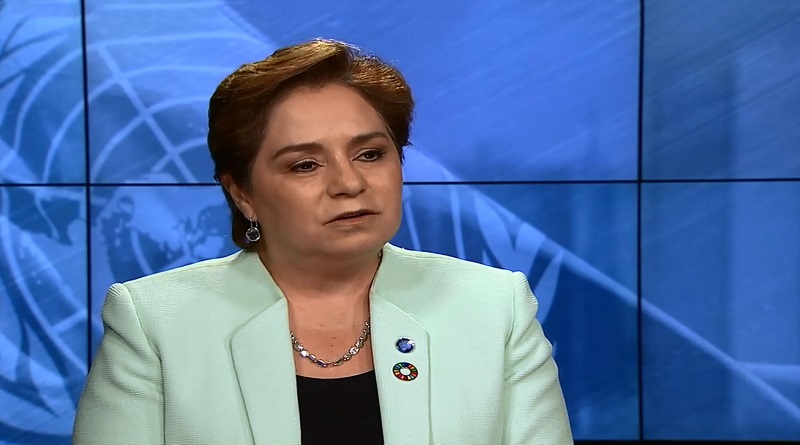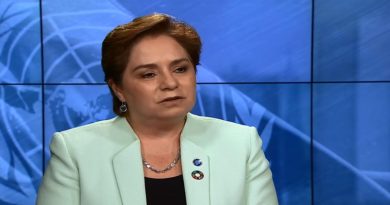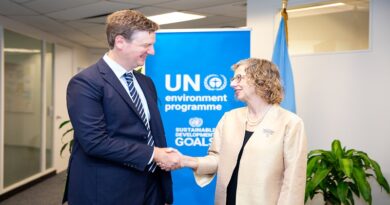We need long-term strategies to meet the climate challenge
Often in the immense challenge of climate change, we focus on the immediate action that needs to happen. There is a good reason for this. Science says that we are running out of time to avert the worst impacts of climate change on people and on our planet.
Yet as we take action before 2020, we have to keep an eye on the future. Our action today must be in service to the long-term goals agreed when the world first came together to address the climate challenge.
In the United Nations Framework Convention on Climate Change adopted in Rio de Janeiro in 1992, governments agreed a long-term objective of stabilizing “greenhouse gas concentrations in the atmosphere at a level that would prevent dangerous anthropogenic interference with the climate system.” This objective fundamentally guides Parties to the Convention as they engage in the intergovernmental process to address climate change.
This process has delivered important multilateral agreements towards this goal, such as the 2015 Paris Agreement, the Kyoto Protocol and more. These represent concrete actions and time frames to reduce emissions and adapt to the impacts of climate change. They also include cooperation on finance, technology, and capacity building with a view to increase efforts over time.
The Paris Agreement is a bold statement by the international community under the United Nations to transform the global economy. The goals enshrined in the agreement will only be achieved if we limit the impact that our power generation, production methods, agriculture and consumption patterns have on the climate system. The Agreement is itself a global strategy for the longer term that is defined by three aims:
First, limit the average global temperature rise to well below 2C above preindustrial levels and pursue efforts to limit this increase to 1.5C
Second, increase the ability to adapt to the adverse effects of climate change and foster climate-resilient and low greenhouse gas emissions development, in a manner that does not threaten food production.
Third, make financial flows consistent with a pathway toward low greenhouse gas emissions and climate-resilient development.
This provides clear direction for long-term development. Science states that achieving the long-term temperature goal requires global greenhouse gas emissions to peak by 2020 and reduced to zero this century. To limit warming to as close to 1.5C, this reduction to zero must take place around the year 2050. Given the link between economic activity, greenhouse gas emissions and the impacts of climate change, this is a signal to nations and non-state stakeholders alike.
The temperature goal reflects a vision of society we want for the future. It represents a transformation of our economic system where development is not hindered by negative impacts of climate change. Such a transformation compels us to rethink the way we produce, use, and consume energy. It requires innovation in how we manufacture and build, and new strategies to manage land and ecosystems.
To reach net-zero global net greenhouse gas emissions before the end of this century, we need to strike a balance between emissions from human development and the planet’s capacity to remove emissions through healthy, natural ecosystems and sound land management.
This transformation must be achieved over time but also in time. Policies need to be put in place now. Technologies need to be developed, matured, and deployed at scale. The practices and behaviors of all economic actors need to move ever faster toward low-emission and sustainable business and investment models.
From a national perspective, these strategies are fundamental. They inform short- and medium-term political and economic cycles, while providing political certainty for bold action in the real economy. At the same time, they provide the flexibility needed so countries can transform their economies without compromising their development and poverty eradication goals.
UN Climate Change is glad to collaborate with World Resources Institute and United Nations Development Programme to provide nations and stakeholders with a library of value resources to help develop long-term climate strategies and ensure they are successfully implemented. Find out more at www.longtermstrategies.org
UN Climate Change is committed to leverage our many years of multilateral cooperation to achieve a better future for humanity. It is how we can come together to meet the challenge of climate change.
By Patricia Espinosa, Executive Secretary of UN Climate Change




